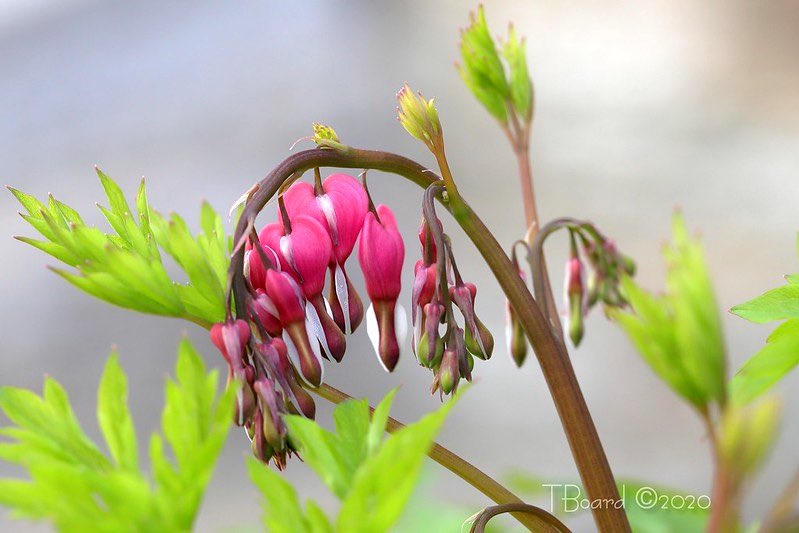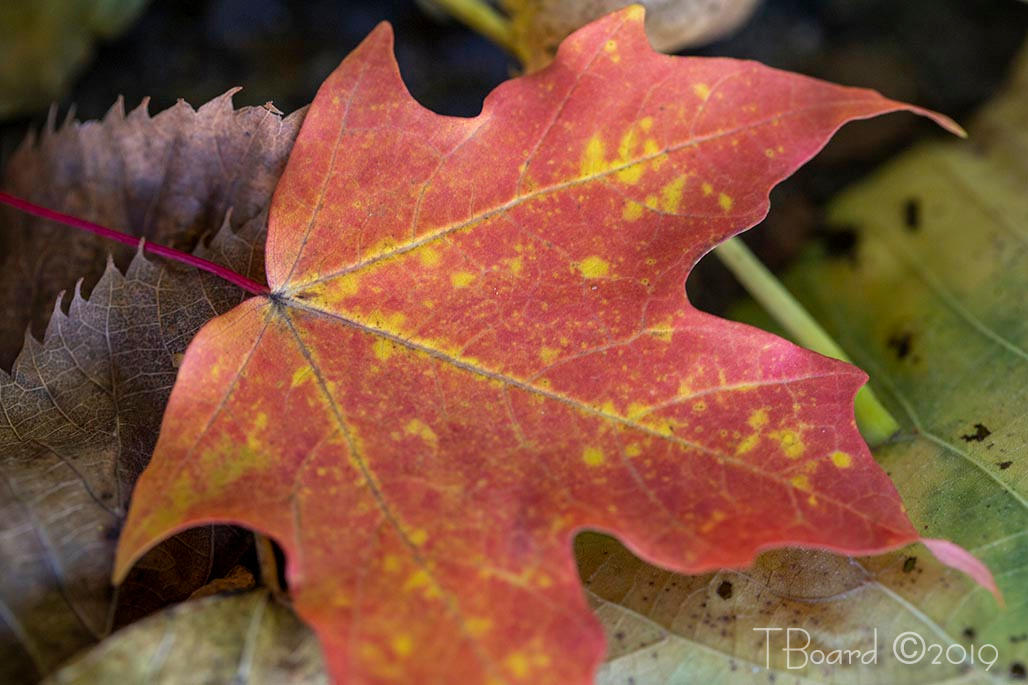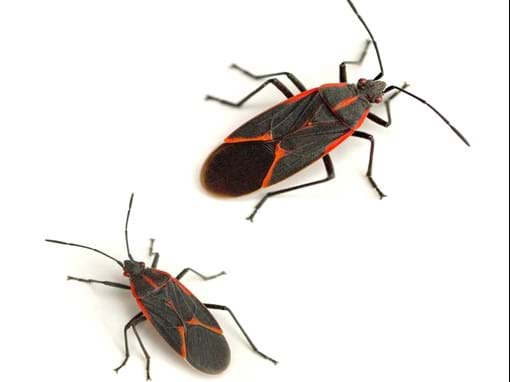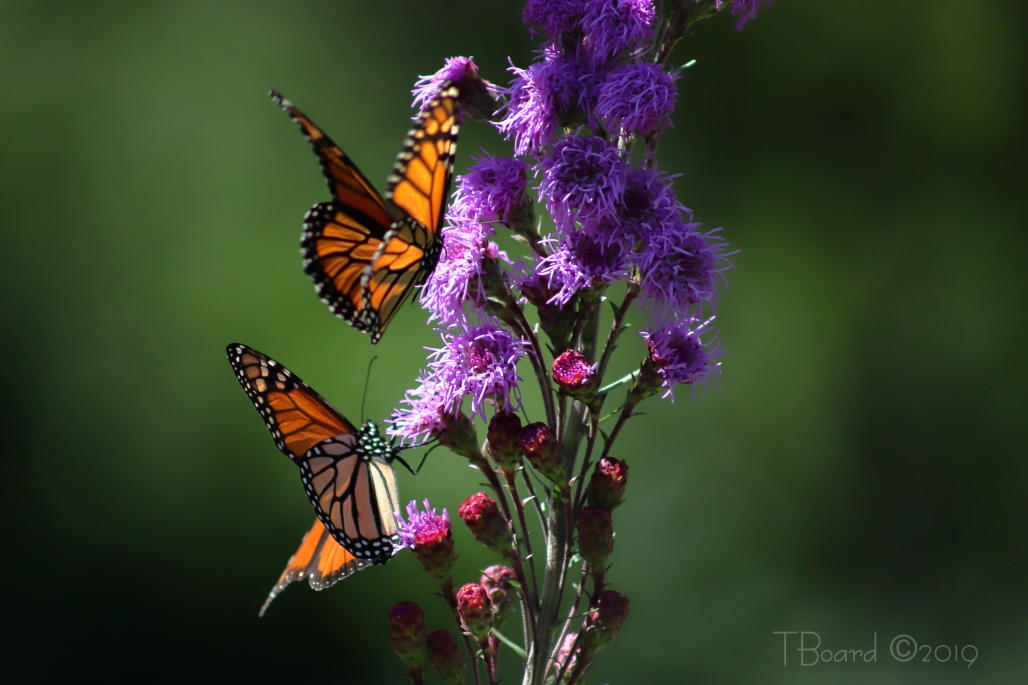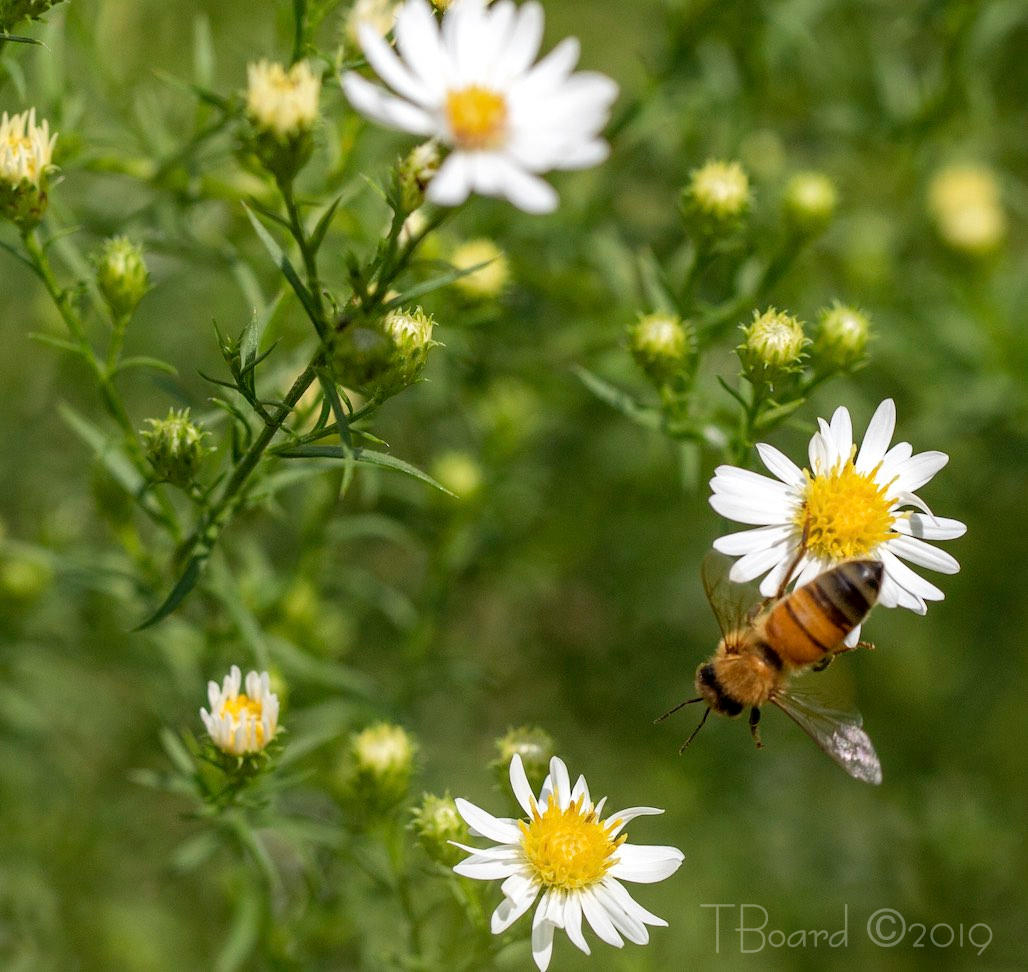As the days grow shorter and the landscape gets whiter I am still enjoying some summer. I have some house plants but I also have plants that I bring into the house at the end of the growing season.
I choose them because of their color, taste, and smell. I have a large french lavender plant growing in an upstairs bedroom. There is rosemary growing in the kitchen. It has a wonderful smell and it is edible too. It usually blooms in March or April.
Coleus is one of my favorite plants to enjoy during the winter because it is easy to grow and it comes in so many wonderful colors. I had no idea that begonias would bloom all winter until I brought some inside.
When it gets warm again I’ll bring my plants outside. Some will be planted in flower beds and others will stay in their pots and decorate the front porch. s

From right to left, top to bottom, the plants are: Lavender, red begonia, white begonia, and rosemary, and on the bottom both are coleus.
